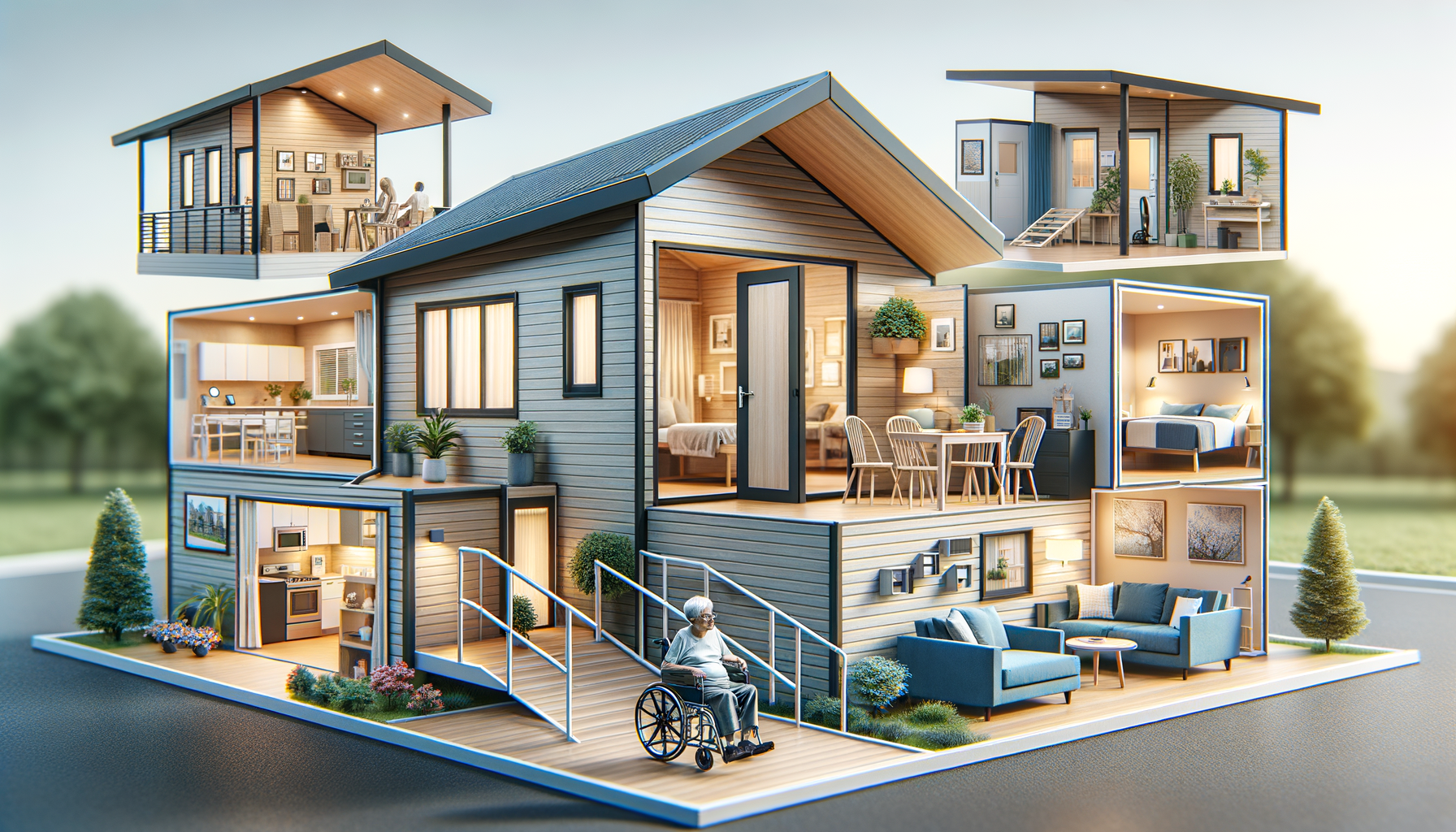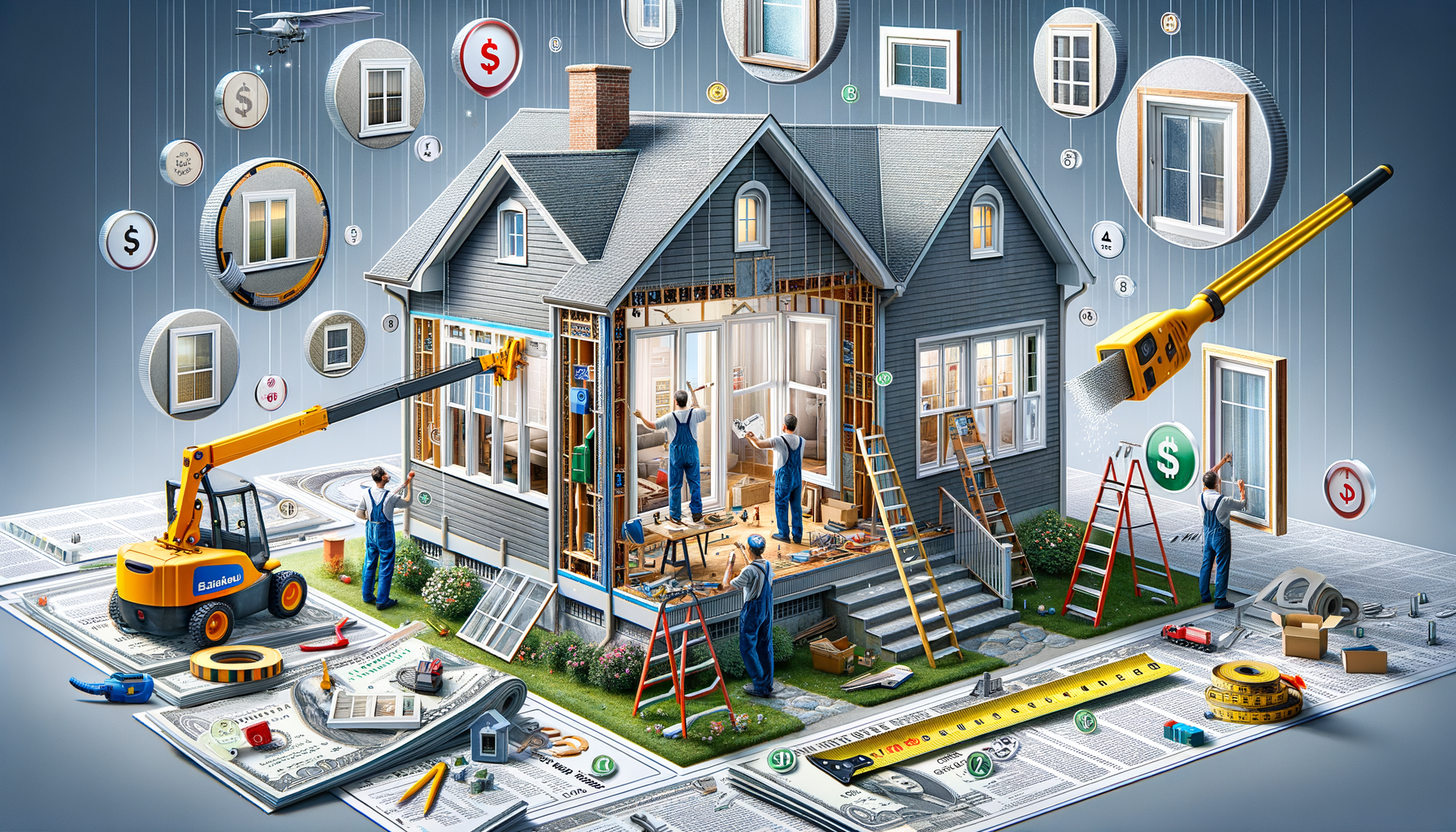Introduction to Modular Homes
Modular homes have emerged as a practical and innovative solution in the housing market, particularly for seniors seeking cost-effective and customizable living spaces. Unlike traditional homes, modular homes are prefabricated in sections, or modules, in a factory setting before being transported to and assembled on-site. This method offers numerous advantages, including reduced construction time, lower costs, and enhanced quality control. As the demand for sustainable and adaptable housing solutions grows, modular homes are gaining popularity among various demographics, especially seniors looking for accessible and manageable living environments.
The Advantages of Modular Homes for Seniors
One of the primary benefits of modular homes for seniors is their affordability. Factory production allows for economies of scale, reducing the overall cost compared to traditional construction. Additionally, the controlled environment of a factory ensures that materials are protected from weather-related damage, minimizing waste and further lowering costs.
Modular homes also offer flexibility in design, allowing seniors to customize their living spaces to meet specific needs. Features such as wider doorways, step-free entryways, and accessible bathrooms can be easily incorporated into the design. This adaptability makes modular homes an attractive option for seniors who require a living space that accommodates mobility aids or other accessibility features.
Moreover, the construction process of modular homes is significantly faster than traditional building methods. Once the modules are completed, they can be assembled on-site in a matter of days, reducing the disruption and inconvenience often associated with home construction. This efficiency is particularly beneficial for seniors who may need to move into their new home quickly due to changing health or living circumstances.
Design Considerations for Modular Homes
Designing a modular home involves careful consideration of both aesthetic preferences and functional needs. For seniors, the focus is often on creating a safe and comfortable environment that promotes independence and ease of living. Key design elements include open floor plans that facilitate movement, non-slip flooring materials, and ample natural lighting to enhance visibility and reduce the risk of falls.
Incorporating smart home technology can also greatly enhance the living experience for seniors in modular homes. Features such as automated lighting, temperature control, and security systems can be integrated into the home’s design to provide convenience and peace of mind. Additionally, modular homes can be designed to accommodate future modifications, allowing for easy installation of new technologies or adaptations as needs evolve.
Environmental sustainability is another important consideration in the design of modular homes. Many manufacturers offer eco-friendly options, such as energy-efficient appliances, solar panels, and sustainable building materials. These features not only reduce the environmental impact of the home but can also lead to long-term savings on utility bills.
Comparing Modular Homes to Traditional Homes
When comparing modular homes to traditional homes, several key differences stand out. The most notable is the construction process. Traditional homes are built entirely on-site, which can be time-consuming and susceptible to delays due to weather or other unforeseen factors. In contrast, modular homes are constructed in a controlled environment, reducing the likelihood of delays and ensuring a consistent level of quality.
Cost is another significant factor. Modular homes generally require less labor and time to build, resulting in lower overall costs. This affordability makes them an appealing option for seniors on a fixed income or those looking to downsize without sacrificing comfort or quality.
However, modular homes may face limitations in terms of customization compared to traditional homes. While they offer a range of design options, certain architectural styles or features may be more challenging to achieve. Additionally, the resale value of modular homes can vary depending on location and market perceptions, though this is changing as modular homes become more widely accepted and appreciated for their benefits.
Conclusion: A Viable Housing Solution for Seniors
In conclusion, modular homes present a compelling option for seniors seeking a cost-effective, customizable, and efficient housing solution. With their numerous advantages, including affordability, design flexibility, and rapid construction, modular homes are well-suited to meet the needs of seniors looking for accessible and manageable living spaces. As the housing market continues to evolve, modular homes are likely to play an increasingly important role in providing sustainable and adaptable housing solutions for seniors and other demographics alike.
For seniors and their families considering a modular home, it is essential to research and select a reputable manufacturer and builder who can deliver a high-quality product tailored to specific needs. By doing so, seniors can enjoy a comfortable and independent lifestyle in a home that truly meets their requirements.




Leave a Reply